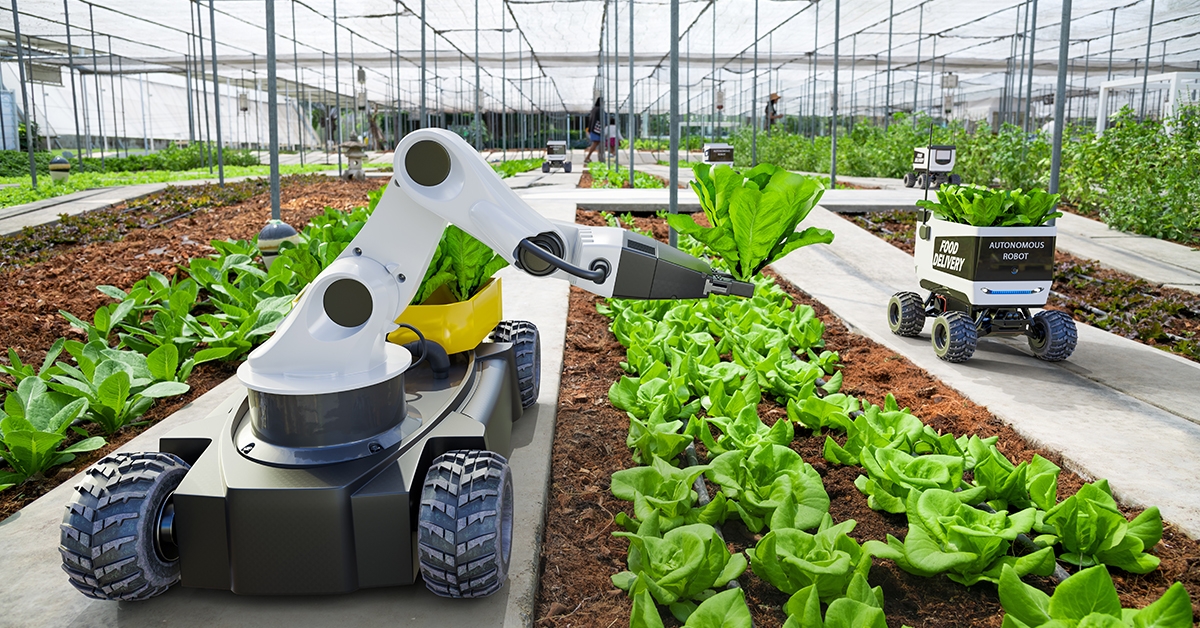Introduction: The Agricultural Automation Revolution
The agriculture industry has seen a remarkable transformation in recent years, driven by technological advancements in automation. From autonomous tractors and drones to precision agriculture tools, automation has become an integral part of modern farming. While these technologies offer immense potential to increase efficiency, reduce costs, and improve yields, they also bring with them a set of challenges, chief among them being the need for a trained and adaptable workforce.
In this blog post, we delve into the world of agricultural automation, examining the challenges faced by the industry in training its workforce and providing innovative solutions to bridge the skills gap.
The Challenges of Agricultural Automation Workforce Training
Technical Skills Gap: The rapid adoption of automation technologies means that many existing agricultural workers lack the technical skills required to operate and maintain these advanced systems. This gap in knowledge can hinder the full realization of the benefits of automation.
Resistance to Change: Traditional farming practices have deep roots, and convincing farmers and workers to embrace new technologies can be met with resistance. Overcoming this resistance requires effective training and communication.
Diverse Workforce: Agriculture relies on a diverse workforce, from farm laborers to agronomists. Training programs must cater to this diversity, ensuring that everyone has access to the necessary skills.
Evolving Technology: Automation technologies in agriculture are continually evolving. Keeping the workforce up-to-date with the latest advancements can be a daunting task.
Solutions for Bridging the Gap
Comprehensive Training Programs: Agriculture associations, educational institutions, and industry leaders must collaborate to develop comprehensive training programs. These programs should cover everything from basic automation principles to advanced troubleshooting.
Hands-On Experience: Practical, hands-on training is essential for building confidence and competence among agricultural workers. Farm simulation labs and on-site training facilities can provide valuable experience.
Digital Learning Platforms: Online courses and digital learning platforms can offer flexibility for agricultural workers who may have limited access to traditional educational resources. These platforms can provide access to training materials, videos, and interactive modules.
Certification Programs: Industry-recognized certification programs can validate the skills of agricultural workers, making it easier for them to transition into roles that require automation expertise.
Empowering the Agricultural Workforce for the Future
As automation continues to reshape the agricultural landscape, it is essential that the workforce is not left behind. By addressing the challenges and implementing innovative solutions, we can ensure that farmers, farm laborers, and agronomists are well-equipped to harness the full potential of automation technologies.
In conclusion, training the workforce for agricultural automation is a critical step in securing the future of farming. It requires a concerted effort from all stakeholders, including governments, educational institutions, and industry leaders. By investing in training and empowering the workforce, we can usher in a new era of sustainable and efficient agriculture.
Automation in agriculture is not just about machines; it’s about the people who operate them. By providing the necessary skills and knowledge, we can cultivate a workforce that is ready to embrace the challenges and opportunities of the automated farm of tomorrow.





